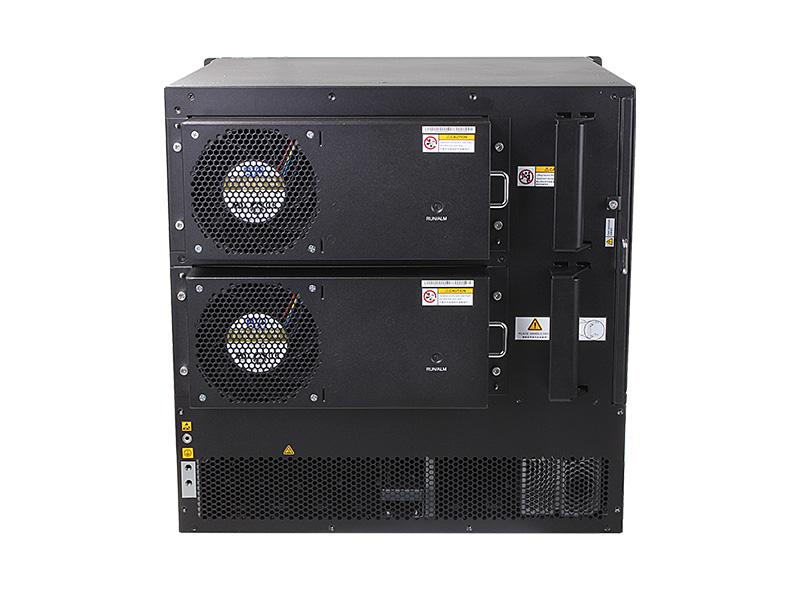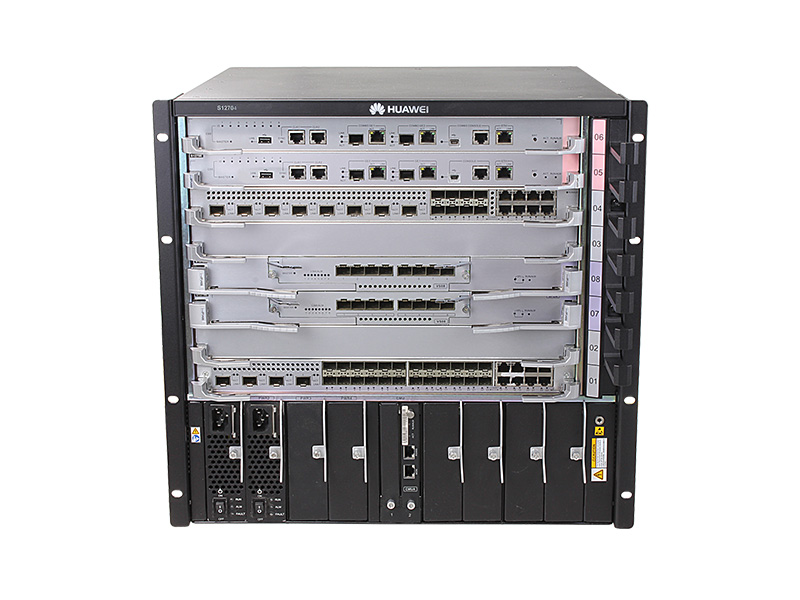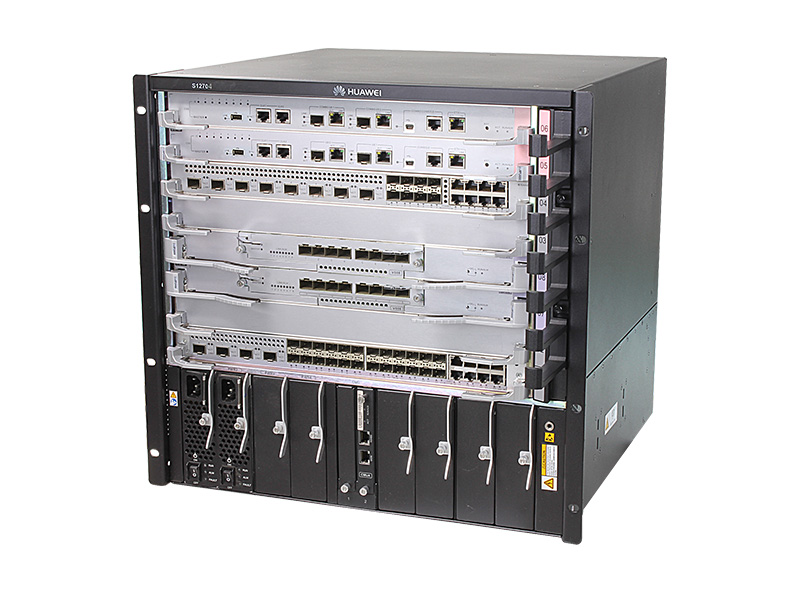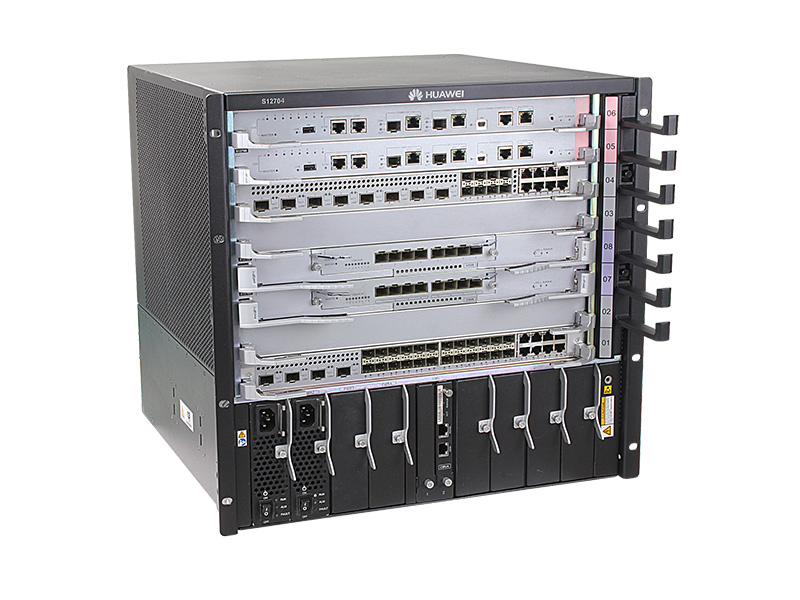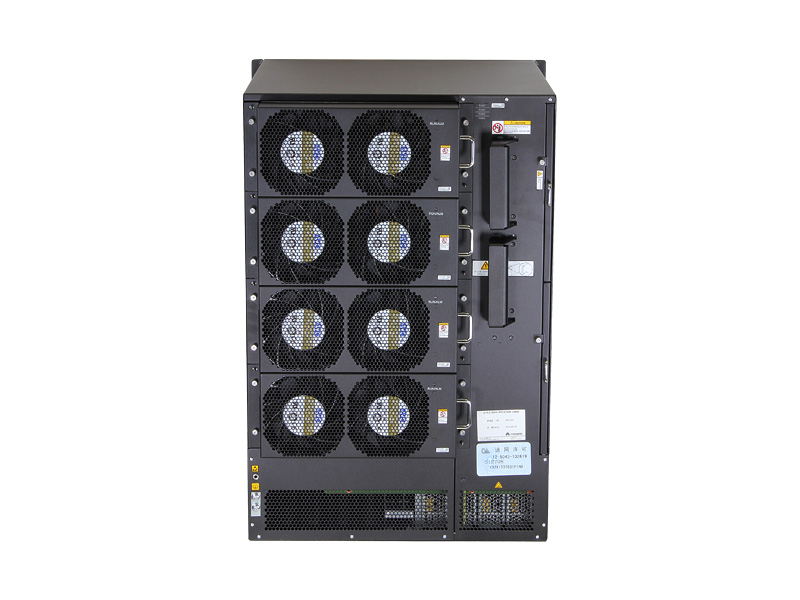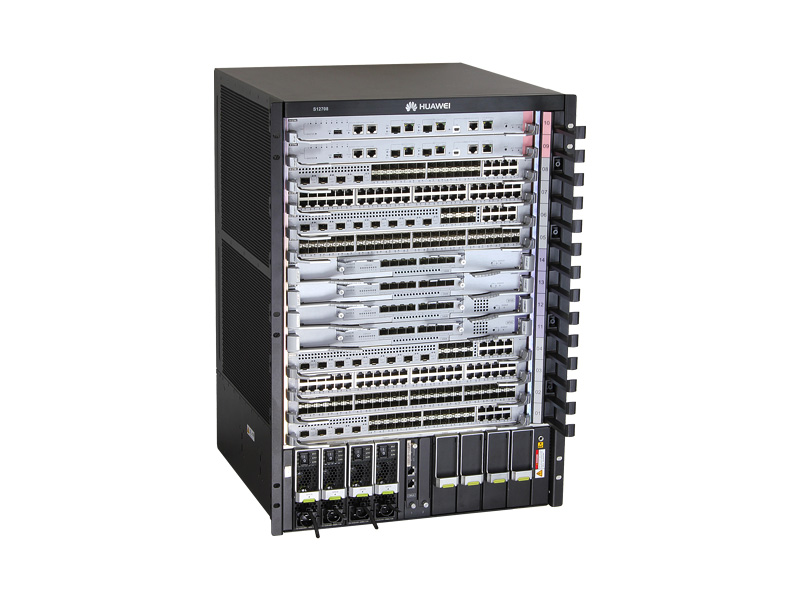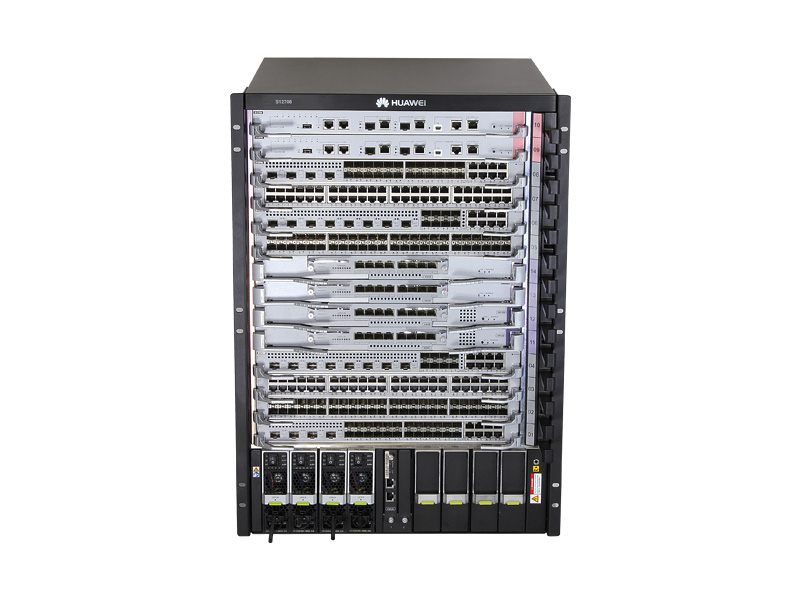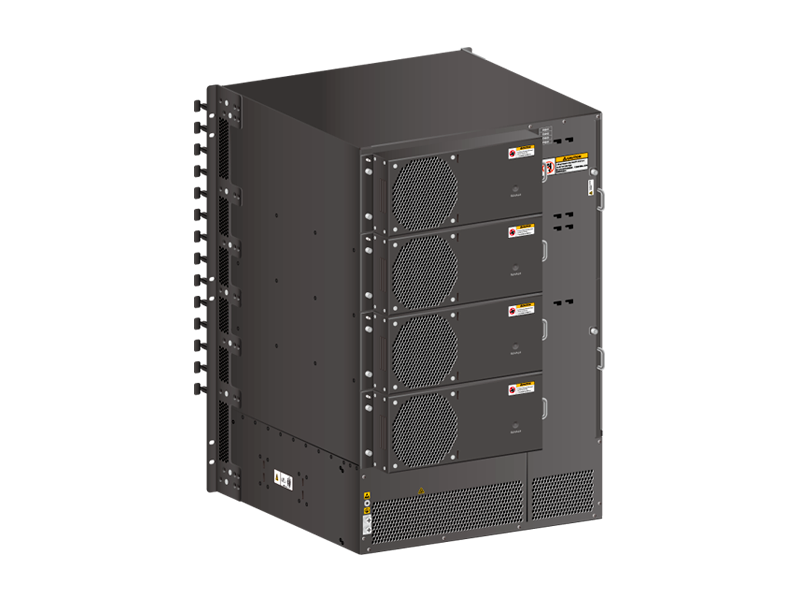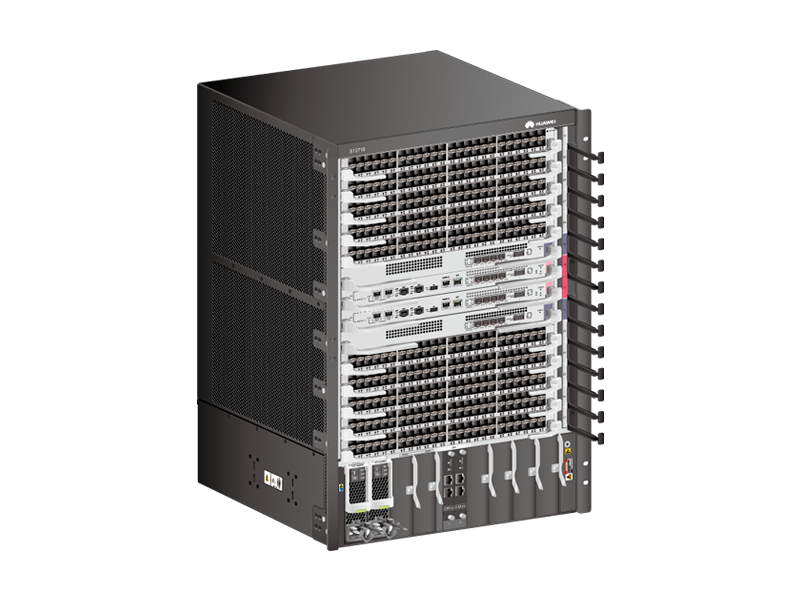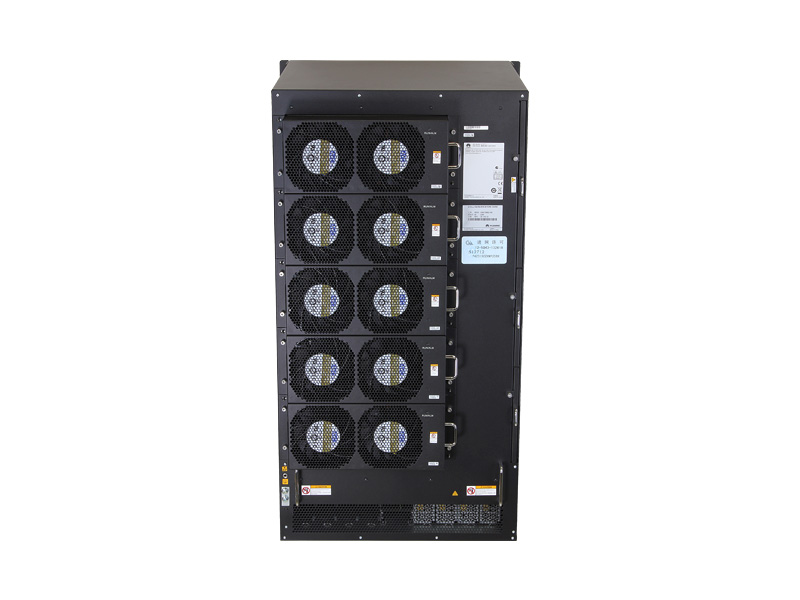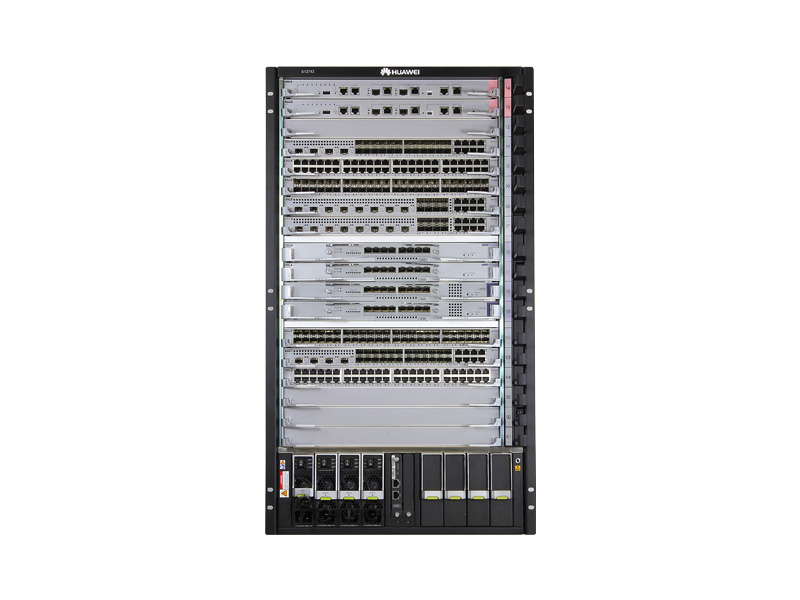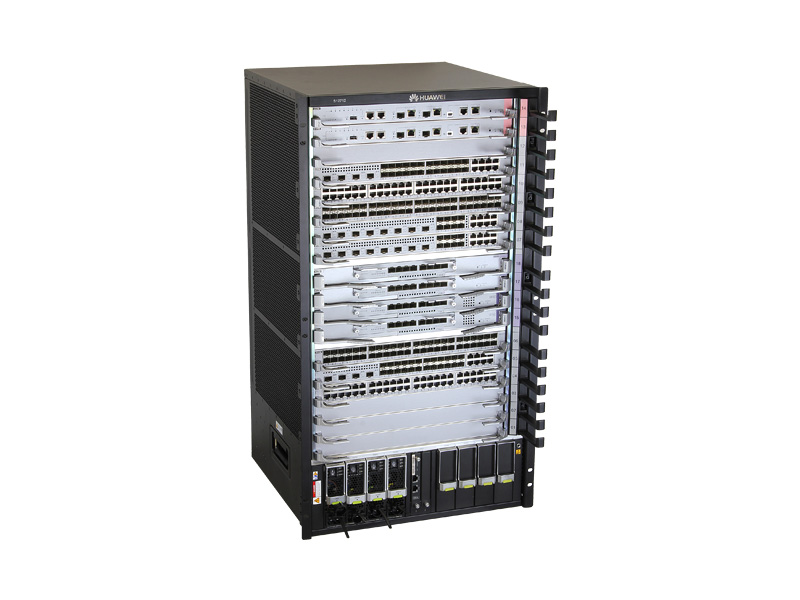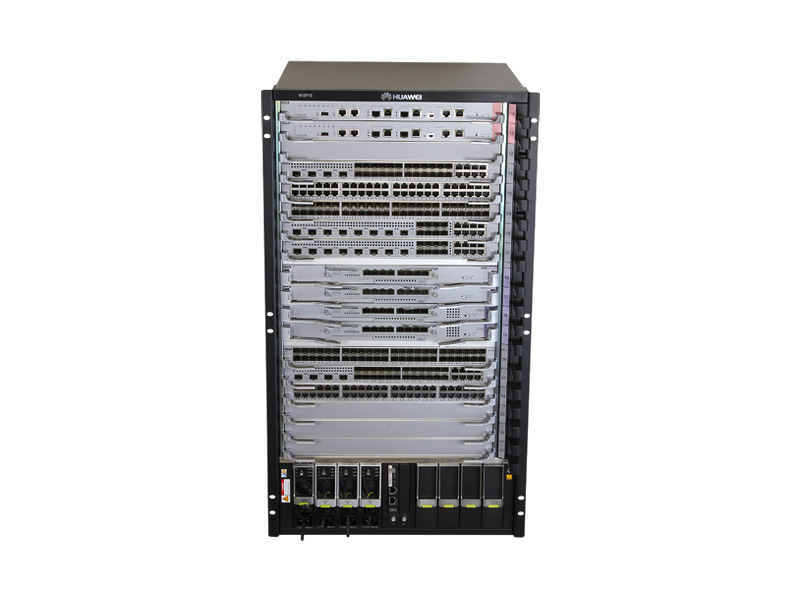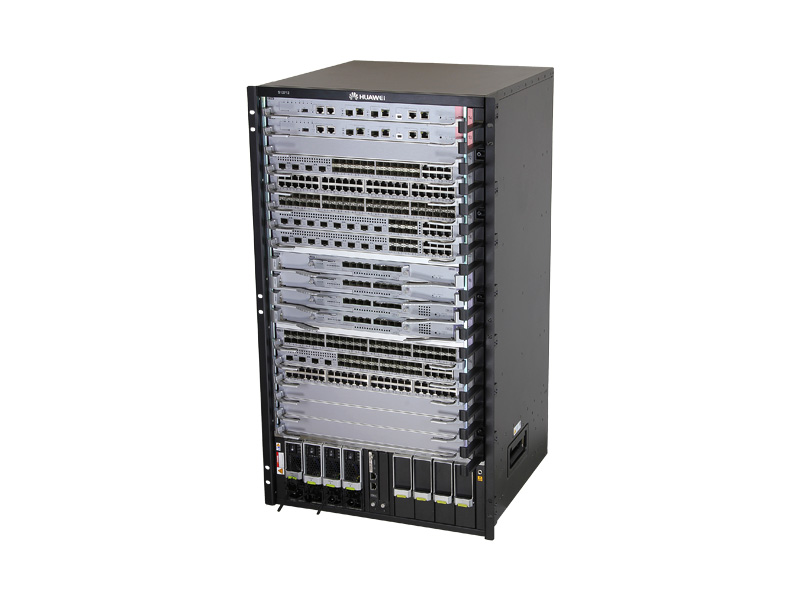S12700 Series Agile Switches
High-capacity core switches for next-generation campus networks. Fully programmable, SDN-capable architecture and specialized ENP processor enable easy customization of features and functions, and smooth migration to Software-Defined Networking.
Based on Huawei’s Virtual Routing Platform (VRP), the S12700 combines L2/L3 switching with rich network services including MPLS VPN, cloud desktop, video conferencing, and IPv6 support.
Non-stop forwarding architecture, CSS2 switch fabric clustering, and in-service software upgrades provide scalable, high-performance switching with carrier-grade reliability.
Build a converged enterprise network and provide new services faster with Huawei’s SDN-ready Agile Switch
- Huawei’s Ethernet Network Processor (ENP) enables programmable packet parsing, algorithm searching, forwarding behaviors, and performance management features including packet processing, so new services can be provisioned without replacing hardware
- Native Access Controllers (ACs) let you build a wireless network quickly, without new hardware — up to 6,144 Access Points (APs) and 65,536 users per S12700 chassis
- Super Virtual Fabric (SVF 2.0) virtualizes physical switches and APs into a “super switch,” adding flexibility and simplifying network management
- Huawei’s unique Packet Conservation Algorithm for Internet (iPCA) technology uses marks added to service packets to actively monitor network quality, detecting temporary interruptions and faulty ports within seconds
Specifications
| Specifications | S12704 | S12708 | S12710 | S12712 | ||
| Switching Capacity | 4.88 Tbit/s; 16.08 Tbit/s | 12.32 Tbit/s; 32.16 Tbit/s | 13.12 Tbit/s; 38.56 Tbit/s | 17.44 Tbit/s; 44.96 Tbit/s | ||
| Packet Forwarding Rate | 3,120 Mpps; 4,560 Mpps | 6,240 Mpps; 9,120 Mpps | 7,440 Mpps; 11,040 Mpps | 9,120 Mpps; 12,960 Mpps | ||
| MPU Slots | 2 | 2 | 2 | 2 | ||
| SFU Slots | 2 | 4 | 4 (integrated and independent) | 4 | ||
| Service Card Slots | 4 | 8 | 10 | 12 | ||
| CSS2 | 1+N MPU backup in a cluster
Up to 1.92 Tbit/s cluster bandwidth, 4 μs inter-chassis transmission latency |
|||||
| Wireless Network Management | Native AC
AP access control, AP region management, and AP profile management Radio profile management, unified static configuration, and centralized dynamic management Basic WLAN services, QoS, security, and user management |
|||||
| User Management | Unified user management
802.1x, MAC, and Portal authentication Charging based on traffic volume and online duration User authorization based on user groups, domains, and time ranges |
|||||
| iPCA | Adds marks on service packets in order to measure the number of lost packets and packet loss ratios in real time with zero payload
Measures the number of lost packets and packet loss ratios at the network and device levels on Layer 2 and Layer 3 networks |
|||||
| SVF2.0 | Up to 4K clients (access switches and APs) virtualized into a single device
2-level AS structure Unified management on Huawei and non-Huawei devices |
|||||
| OpenFlow | Supports multiple controllers
Supports multi-level flow tables Supports group tables Supports meter tables Complies with OpenFlow 1.3 standards |
|||||
| Interoperability | VLAN-based Spanning Tree (VBST) (interoperating with PVST, PVST+, and RPVST)
Link-type Negotiation Protocol (LNP) (similar to DTP) VLAN Central Management Protocol (VCMP) (similar to VTP) For detailed interoperability certifications and test reports |
|||||

